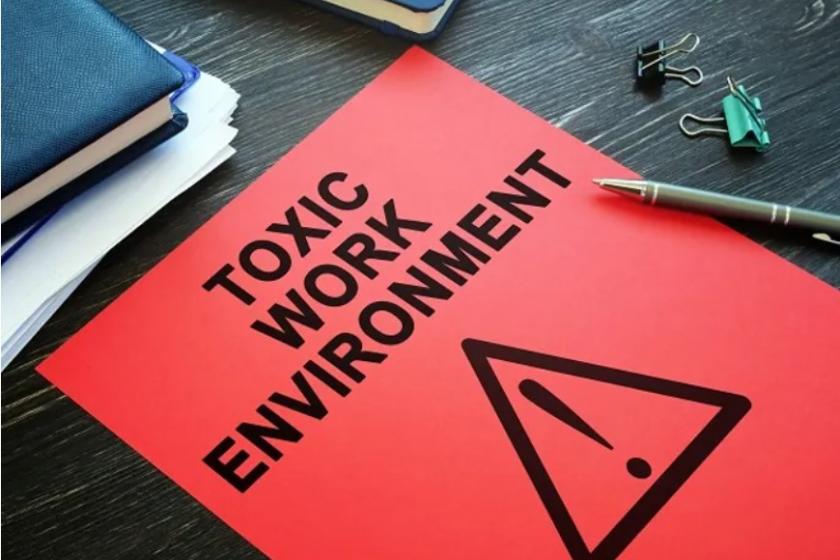The cold reality of a macroeconomic climate that has driven thousands of tech industry layoffs is increasing the perception of toxicity in the workplace, according to a report from learning and training solutions providers TalentLMS and Culture Amp.
The companies surveyed more than 1,000 employees and found that respondents mostly blame leadership and senior management for creating a more toxic workplace. However, nearly half (49%) of the surveyed employees said they won’t say or do anything in response to toxic behaviors.
Dimitris Tsingos, co-founder of Epignosis and TalentLMS, told InformationWeek the findings are alarming, but there’s hope for an antidote for workplace toxicity. “The results were very eye-opening,” Tsingos says. “It seems that toxicity dominates the workplace in many companies. It seems that after the pandemic, the emotional connection between employees and employers is often broken. And we can see the manifestation of this broken link between companies and employees in the perception of toxicity in the workplace.
The report says while 84% of leaders recognize a need to improve their culture, 43% of their employees say leadership is turning a blind eye to toxic behaviors, and 47% say there’s a lack of leadership and accountability at their company.
“The good news is that it becomes evident that investing in learning and development of employees becomes one of the best things that an organization can do to make sure they don’t have a toxic workplace,” Tsingos says. “In the economy of knowledge, investing, learning, and development are the key means to improve culture.”
Addressing Toxicity by Focusing on Hybrid Tools and Diversity
The report details five distinct main contributors to toxic culture, including expecting employees to work longer hours or weekends without additional pay, a lack of transparency and communication from management and leadership, a lack of consistency and courtesy, backstabbing behavior, and gossip.
Tsingos says the pandemic isolation contributed to the sense of toxicity as employers were trying to define their newly remote work culture. But hybrid work also presented an opportunity to build new relationships and create more tools. “We’ve all been in offices where the environment was toxic,” he says. “Remote work can impose another barrier and you don’t get to spend time with the rest of the people on your team. However, it’s also an opportunity to offer a much more flexible learning environment. It’s an opportunity to use tools that facilitate better communication. It’s an opportunity to promote more diversity.”
Read the rest of this article on InformationWeek.
Related articles:









